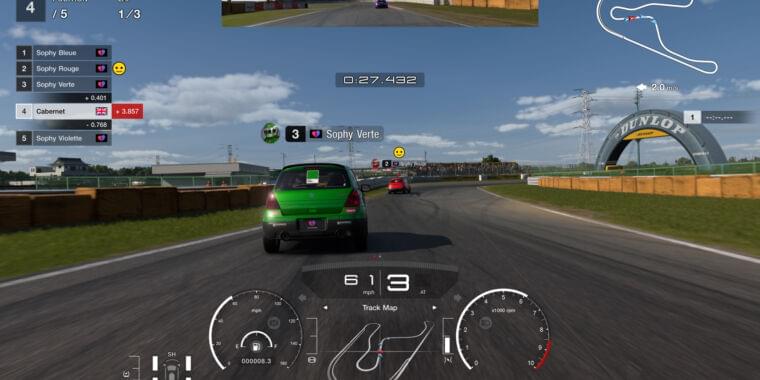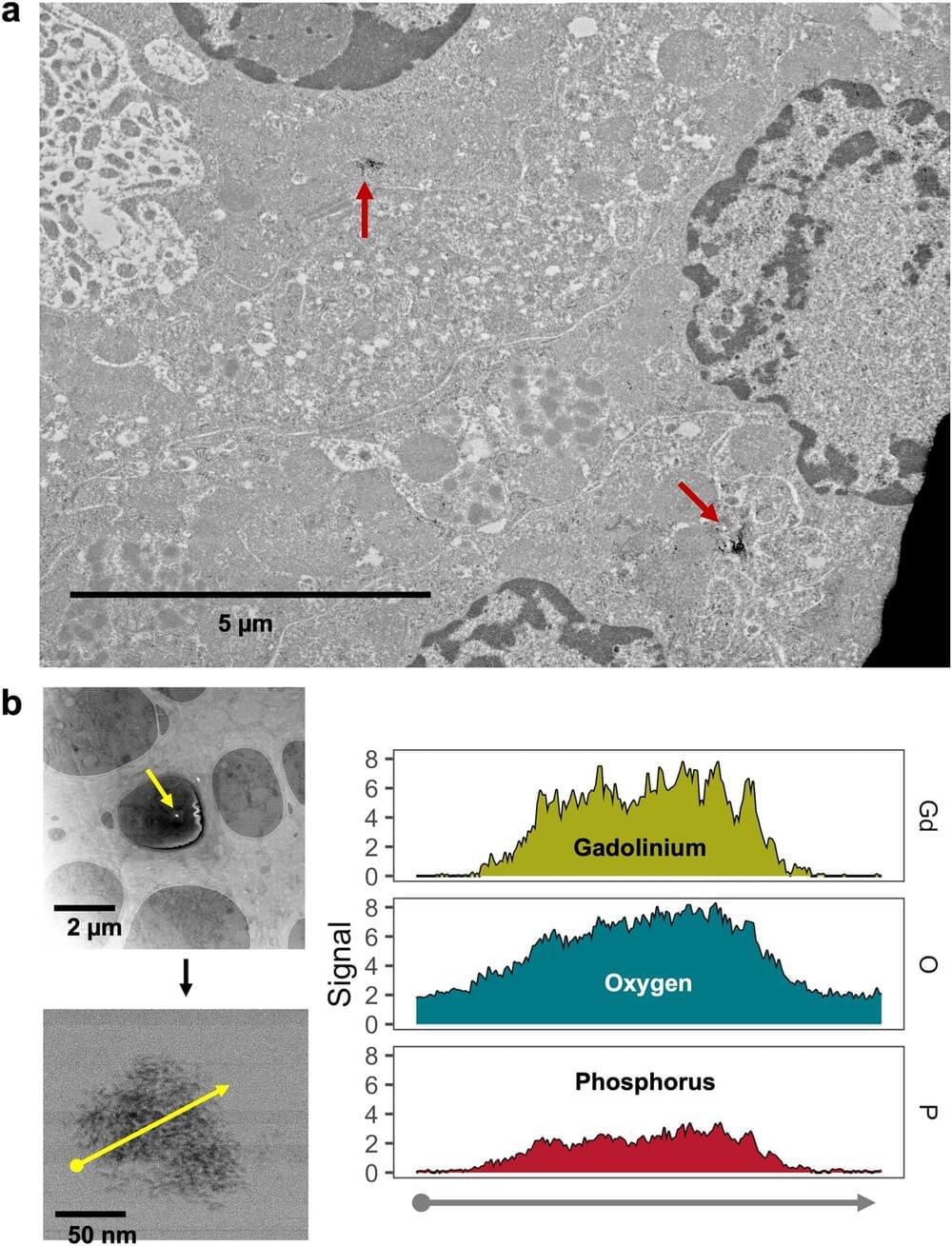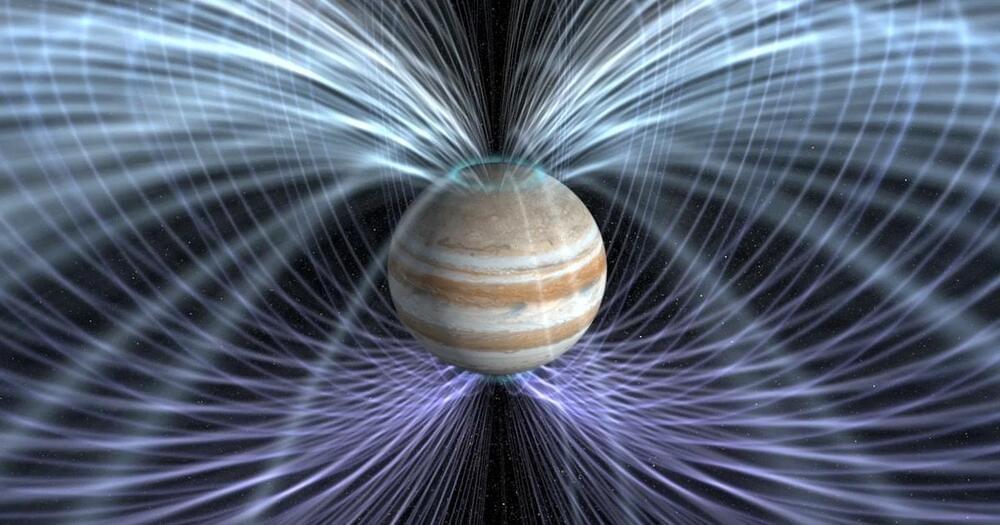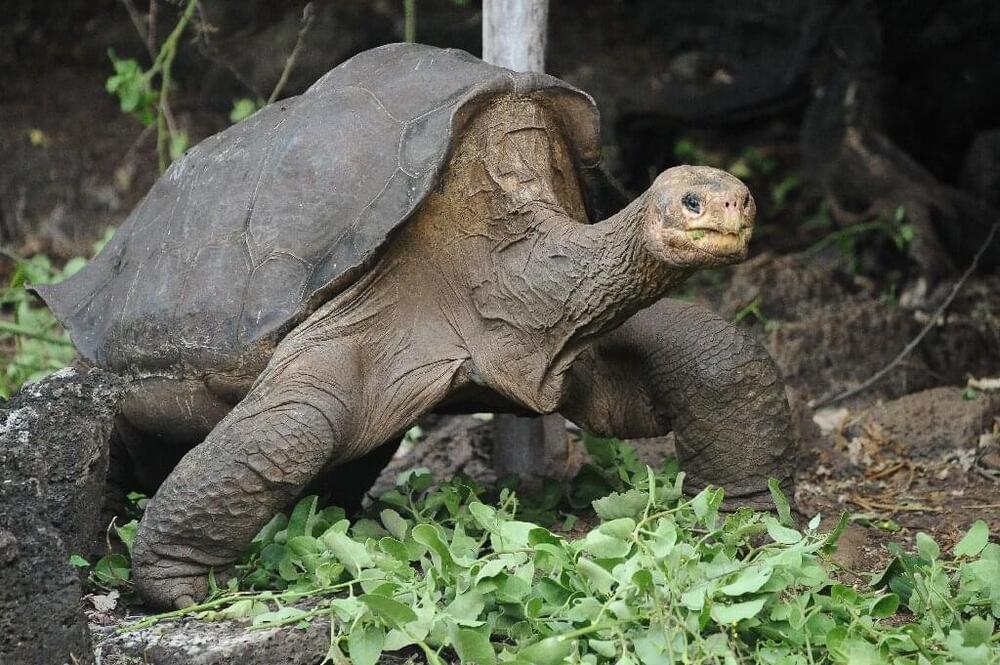Human being, vegetables or cosmic dust, we all dance to an invisible tune, intoned in the distance by a mysterious player.





Last year, Sony AI and Polyphony Digital, the developers of Gran Turismo, developed a new AI agent that is able to race at a world-class level. At the time, the experiment was described in a paper in Nature, where the researchers showed that this AI was not only capable of driving very fast—something other AI have done in the past—but also learned tactics, strategy, and even racing etiquette.
At the time, GT Sophy—the name of the AI—wasn’t quite ready for prime time. For example, it often passed opponents at the earliest opportunity on a straight, allowing itself to be overtaken in the next braking zone. And unlike human players, GT Sophy would try to overtake players with impending time penalties—humans would just wait for that penalized car to slow to gain the place.

An international team of scientists claim to have found a way to speed up, slow down, and even reverse the clock of a given system by taking advantage of the unusual properties of the quantum world, Spanish newspaper El País reports.
In a series of six papers, the team from the Austrian Academy of Sciences and the University of Vienna detailed their findings. The familiar laws of physics don’t map intuitively onto the subatomic world, which is made up of quantum particles called qubits that can technically exist in more than one state simultaneously, a phenomenon known as quantum entanglement.
Now, the researchers say they’ve figured out how to turn these quantum particles’ clocks forward and backward.

Physicians routinely prescribe an infusion containing gadolinium to enhance MRI scans, but there is evidence that nanoparticles of the toxic rare earth metal infiltrate kidney cells, sometimes triggering severe side effects, University of New Mexico researchers have found.
In the worst cases, gadolinium, an element that has no biologic function, can trigger nephrogenic systemic fibrosis, a painful disease that affects the skin and organs and is often fatal.
In a new study published in Scientific Reports, a team led by Brent Wagner, MD, MS, associate professor in the UNM Department of Internal Medicine, describes the use of electron microscopy to detect tiny deposits of gadolinium in the kidneys of people who had been injected with contrast agents prior to their MRIs.

That’s aurorae.
Jupiter is well known for its spectacular aurorae, thanks in no small part to the Juno orbiter and recent images taken by the James Webb Space Telescope (JWST). Like Earth, these dazzling displays result from charged solar particles interacting with Jupiter’s magnetic field and atmosphere. Over the years, astronomers have also detected faint aurorae in the atmospheres of Jupiter’s largest moons (the “Galilean Moons”). These are also the result of interaction, in this case, between Jupiter’s magnetic field and particles emanating from the moons’ atmospheres.
Detecting these faint aurorae has always been a challenge because sunlight reflected from the moons’ surfaces completely washes out their light signatures. In a series of recent papers, a team led by the University of Boston and Caltech (with support from NASA) observed the Galilean Moons as they passed into Jupiter’s shadow. These observations revealed that Io, Europa, Ganymede, and Callisto all experience oxygen-aurorae in their atmospheres. Moreover, these aurorae are deep red and almost 15 times brighter than the familiar green patterns we see on Earth.
The research team included astronomers from the Center for Space Physics (CSP) at Boston University, the Division of Geological and Planetary Sciences (GPS) at Caltech, the Laboratory for Atmospheric and Space Physics (LASP) at the University of Colorado, Earth, and Planetary Science at the UC Berkeley, Large Binocular Telescope Observatory (LBT), the Southwest Research Institute (SwRI), the Planetary Science Institute (PSI), the Leibniz-Institute for Astrophysics Potsdam (AIP), and NASA’s Goddard Space Flight Center. The two studies, titled “The Optical Aurorae of Europa, Ganymede, and Callisto” and “Io’s Optical Aurorae in Jupiter’s Shadow,” appeared on February 16th in the Planetary Science Journal.

For species classified as “extinct in the wild”, the zoos and botanical gardens where their fates hang by a thread are as often anterooms to oblivion as gateways to recovery, new research has shown.
Re-wilding what are often single-digit populations faces the same challenges that pushed these species to the cusp of extinction in the first place, including a lack of genetic diversity. But without conservation efforts, experts say, chances of these species surviving would be even smaller.
Since 1950, nearly 100 animal and plant species vanquished from nature by hunting, pollution, deforestation, invasive lifeforms and other drivers of extinction have been put into critical care by scientists and conservationists, according to the findings.
The future of space travel with my new YouTube video on nuclear propulsion! Learn how this technology can improve the propellant efficiency of chemical rockets, making it a viable option for crewed missions to Mars, and perhaps get us to the stars.
Plus, compare nuclear propulsion to conventional chemical rockets such as the Saturn V and to the Epstein Drive from the Expanse.
Take your knowledge of space travel to the next level with our new YouTube video on nuclear propulsion!
Discover how nuclear thermal propulsion technology can double the propellant efficiency of chemical rockets, making it a viable option for crewed missions to Mars. We’ll also compare future nuclear propulsion to conventional chemical rockets like the Saturn V and even the Epstein Drive from the Expanse TV series.
In our video, you’ll learn about the theory, design, and operation of nuclear propulsion engines.

The drones are to be tasked with expeditionary roles, including special operations, to “open the opportunity for real-time autonomous response by the robot.”
The United States Air Force has reportedly developed AI-powered facial recognition techechnolgy (FTR) for autonomous drones.
The drones will be used by special operations personnel for missions overseas and for gathering intelligence and other operations, according to a contract between the Department of Defense (DoD) and Seattle-based company RealNetworks.